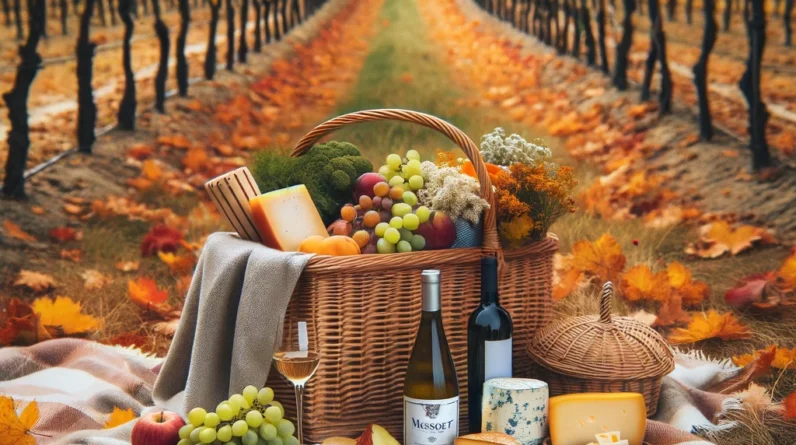
The Captivating World of Port Wine
Ever sipped a wine so delightful you just wanted to delve deeper?
That’s Port for you.
Hailing as a decadent dessert wine, its rich tones and flavors have been captivating palates for centuries.
But its charm isn’t just in the taste; it’s in its heritage.
For real Port wine, every drop traces back to its birthplace: Portugal.
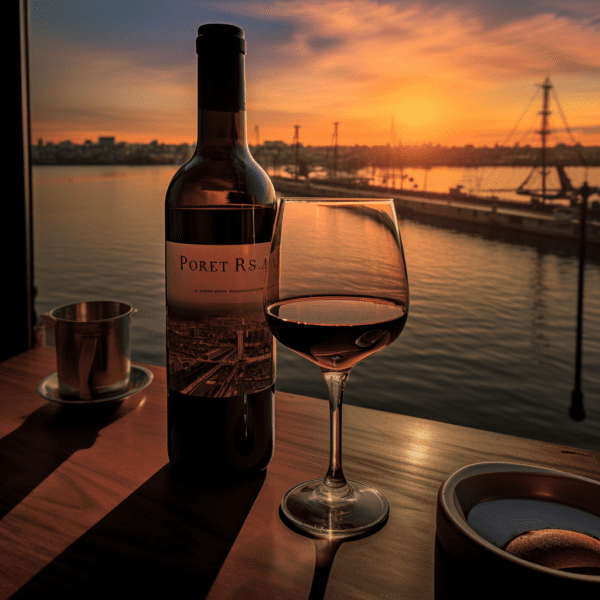
Decoding the Flavor Profile of Port
Ever wondered about the burst of flavors dancing on your tongue when sipping Port?
Think raspberry, blackberry, even hints of chocolate.
Sound mouth-watering?
It absolutely is!

Berry-rich red Ports versus the caramel-infused Tawny
While the red Port tantalizes with berry and chocolate notes, the Tawny draws you in with its caramel and nutty undertones, offering a sweeter embrace.
The sublime flavors in aged Tawny Ports
Venture into the realm of aged Tawny Ports, and expect complexity.
From almond to butterscotch, especially those aged over 30 years, these wines promise a symphony of tastes.
The Diverse Faces of Port Wine
Ruby Port: Deeply-colored and luxurious, epitomizing the essence of red wine.
From Vintage to Late-bottled Vintage, its spectrum is vast and flavorful.
Tawny Port: Barrel-aged, boasting sweet, oxidative nut, and caramel undertones.
White Port: The enchanting result of indigenous white grapes like Rabigato and Viosinho.
Rosé Port: A modern take on tradition, brimming with strawberry, violet, and caramel notes.
The Ideal Port Experience
How to serve Port
The best experiences are often simple.
Serve your Port a bit below room temperature, say around 60 °F.
And for a zesty summer surprise?
Try Ruby Port on the rocks with a twist of lime.
Pairing Port with food
Rich cheeses, smoked nuts, or smoky meats like barbecue, with sweet barbecue sauce.
Port’s versatility is unmatched.
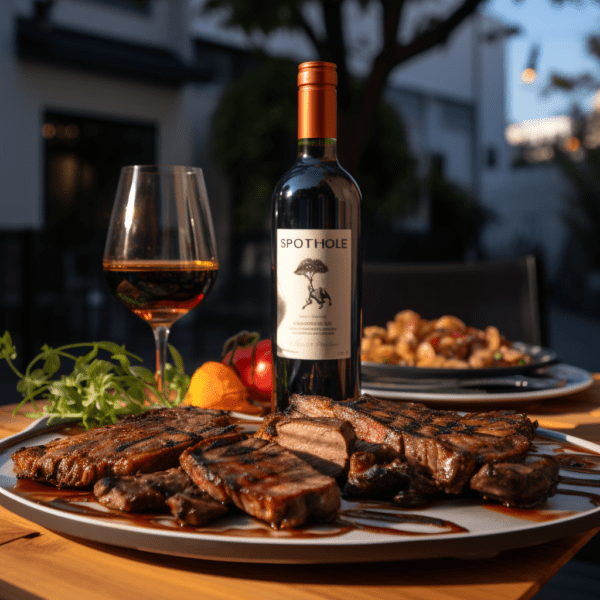
The Essence of Authentic Port Wine
The grape varieties
True Port emerges from a blend of unique Portuguese grapes.
From the vanilla notes of Touriga Nacional to the cinnamon hints from Touriga Franca, each grape defines Port’s identity.
Grape stomping in Port’s history
Historically, Port saw its fermentation in lagars, where grapes were stomped by human feet.
Some producers today still embrace this age-old tradition.
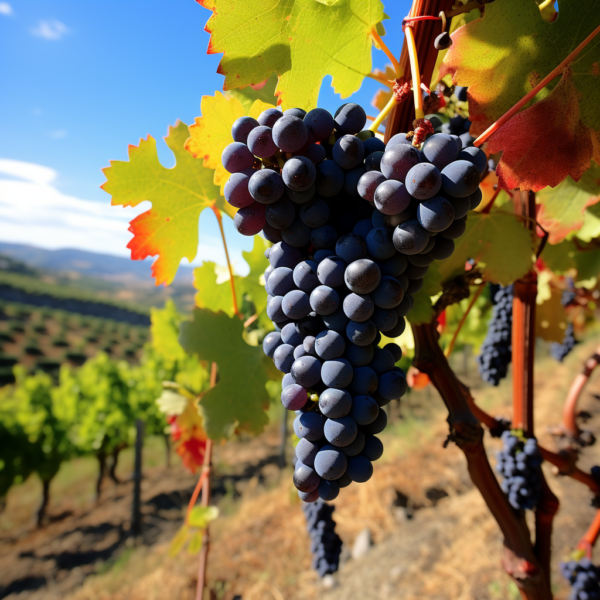
The perfect glass
Size does matter!
A smaller glass ensures the right sip every time, with a serving size of approximately 3 oz.
Cooking with a Dash of Port
Enriching dishes
From gooey chocolate cakes to steak sauces,
Port adds that magic touch.
Choosing the right Port
For most recipes, Ruby Port is your go-to.
Its red berry and cinnamon flavors enrich sauces and reductions.
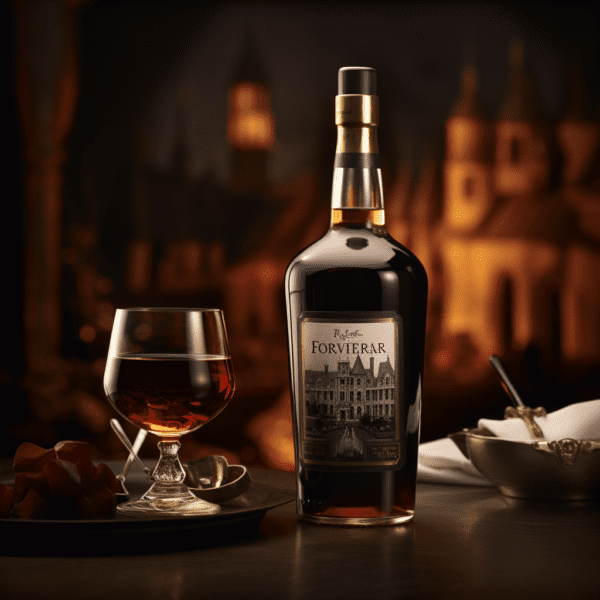
Port substitutes
Caught without Port?
Mix two parts of a dry bold red wine, a part of alcohol (like brandy), and a splash of sugar.
It’s not perfect, but it’s close!
Port Wine: Storage and Longevity
Preserving opened bottles
A Ruby-style Port?
Good for about two weeks.
Tawny? A month.
Proper storage and oxygen removal can extend this.
The art of cellaring
Some Port wines, especially Vintage Ports, are designed to age gracefully, becoming finer as the years go by.
Identifying the drink time
Check the cork.
A long cork hints at a Vintage Port, while a plastic-topped cork indicates it’s ready to be enjoyed now.
Celebrating the Timelessness of Port
Through centuries, Port has stood as a symbol of tradition, flavor, and luxury.
From its birthplace in Portugal to tables worldwide, its appeal remains timeless.
FAQ:
- How long does an opened bottle of Port last?
A Ruby-style Port remains fresh for about two weeks, while a Tawny can last up to a month with proper storage. - How should I store my Port?
In a cool, dark place. For opened bottles, consider using a vacuum preserver to remove oxygen. - Can I use other wines as a substitute for Port in recipes?
In a pinch, mix dry red wine with some brandy and sugar. While not ideal, it’s better than just red wine!






